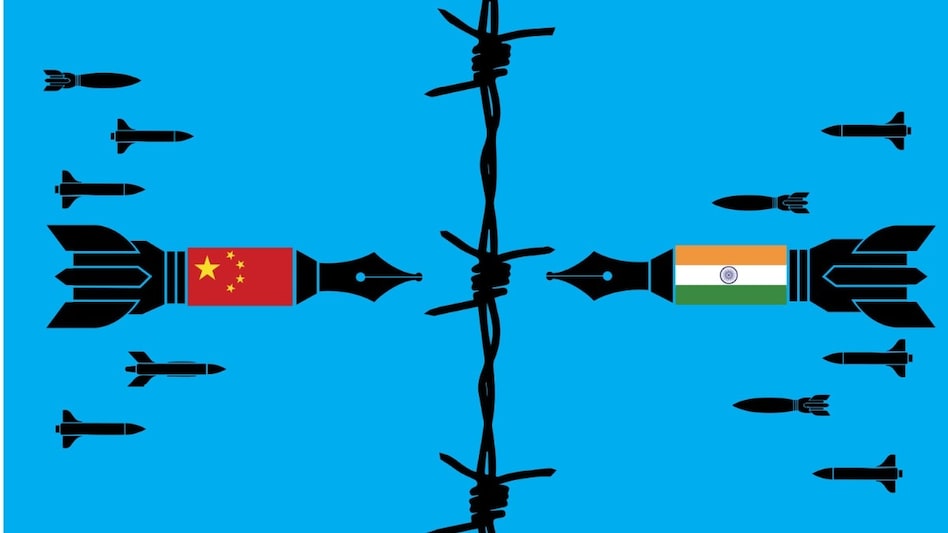 What’s unfolding is more than economic influence. Chinese-funded infrastructure—including ports, airstrips, and highways—is dual-use by design.
What’s unfolding is more than economic influence. Chinese-funded infrastructure—including ports, airstrips, and highways—is dual-use by design.
 What’s unfolding is more than economic influence. Chinese-funded infrastructure—including ports, airstrips, and highways—is dual-use by design.
What’s unfolding is more than economic influence. Chinese-funded infrastructure—including ports, airstrips, and highways—is dual-use by design.As India faces renewed hostilities with Pakistan, another threat looms large—and it’s not on the battlefield. It’s economic, sprawling, and increasingly weaponized. China’s “ring of debt” strategy, built through massive loans and infrastructure deals in South Asia, has quietly encircled India. Now, it’s being activated.
This strategy, executed via Beijing’s Belt and Road Initiative (BRI), has turned India’s neighbors—Pakistan, Sri Lanka, Nepal, Maldives, and Bangladesh—into high-risk borrowers, deeply entangled with Chinese money, influence, and obligations. The impact is no longer theoretical.
“Even Bangladesh has now collapsed into anarchy and in a downward spiral,” serial investors Rajesh Sawhney recently posted on X. “5 out of 8 economies in South Asia have collapsed.”
Pakistan: Beijing’s proxy in plain sight
Over 70% of its bilateral debt is owed to China, largely from the $65 billion CPEC. In the current conflict, Pakistan’s arsenal was stacked with Chinese drones, fighter jets, and missiles. Real-time satellite intelligence and encrypted communications used against Indian forces were courtesy of Beijing. And when New Delhi sought global diplomatic support, China blocked resolutions, defended Pakistan at the UN, and amplified Islamabad’s position through coordinated messaging with Turkey.
Sri Lanka and the strategic port surrender
Sri Lanka defaulted on Chinese loans and was forced to hand over Hambantota Port to Beijing on a 99-year lease—just off India’s southern flank. The port’s civilian label does little to hide its military potential.
Nepal, Maldives, and Bangladesh: Quiet tilts
Nepal’s infrastructure is increasingly financed by China, with high-cost loans that come with Beijing’s terms. Maldives owes over $1.3 billion and has politically pivoted toward China. Bangladesh, while managing its debt better, is seeing rising Chinese leverage across its strategic infrastructure.
What’s unfolding is more than economic influence. Chinese-funded infrastructure—including ports, airstrips, and highways—is dual-use by design. In a crisis, these can support surveillance, logistics, and even naval deployment.